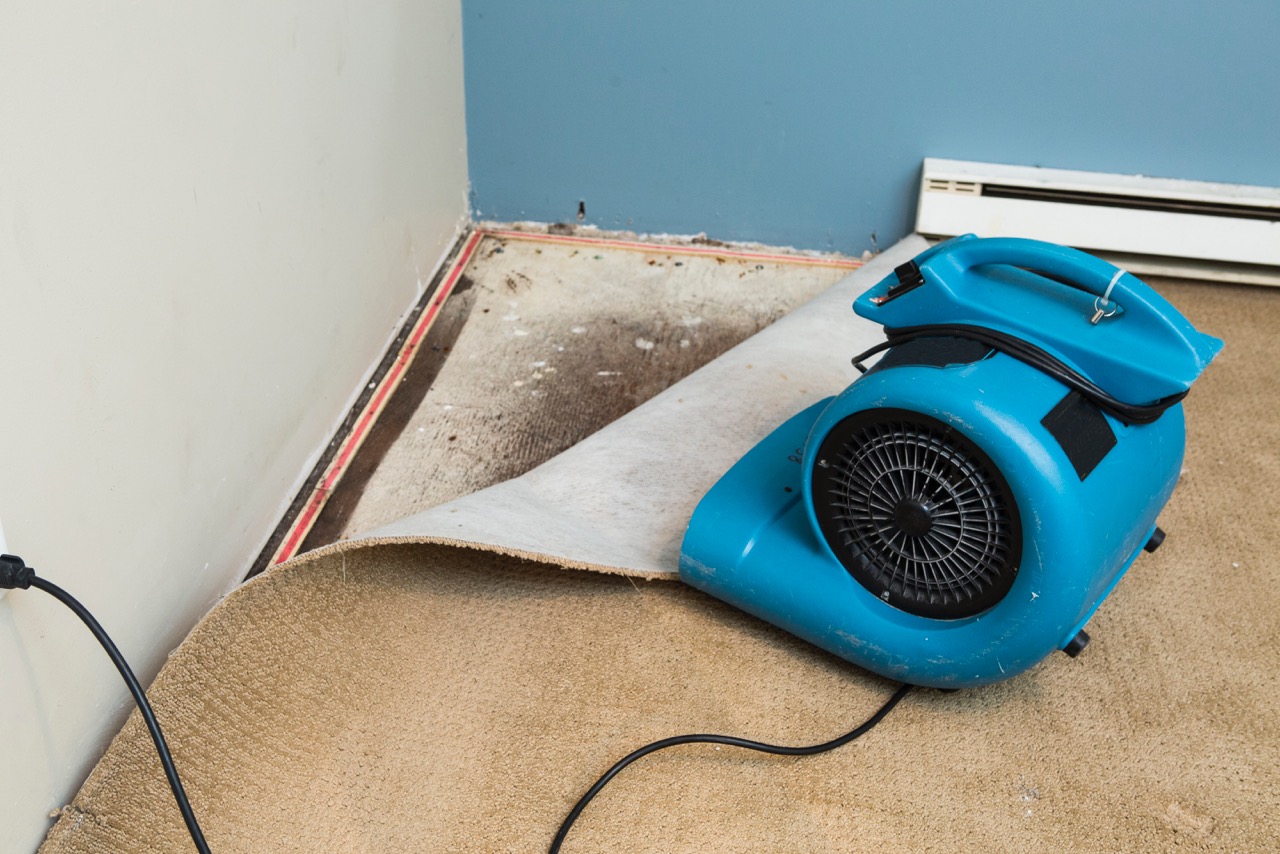The number of basement floods are on the rise. Even if you haven't had a flood, every home is at risk. The most common causes are heavy rainfall, burst pipes or a failed sump pump. No matter what the cause is, a flooded basement needs to be dealt with immediately to prevent long-term damage.
Here are some tips on what you can do right away to help stop further damage to your property and some guidelines on when it's best to call in the professionals.
The most important factor to consider before entering a wet basement is your safety. Is there a risk of electrical shock? Do you smell gas? Is the flood water contaminated from sewage back up? Has the structure of the basement been compromised? If you answered yes to any of these questions then do not enter and call for professional help.
How to Clean Up a Flooded Basement
If it's safe to enter, there are several things you can do to begin cleaning up your flooded basement. Before you start, remember the first rule is always safety. Wear protective clothing, including rubber boots, safety glasses and gloves as you clean and inspect the basement. Make sure the space is well-ventilated, which also speeds the drying process.
Retrieve and remove: The quicker your personal items can be removed from water, the better the chances for repair and restoration. You need to get items out of the basement and dry off any remaining dampness to reduce the likelihood of mould growth.
Extract water: If the water is just a couple inches deep, you may be able to remove it using a wet/dry vacuum or portable sump pump. Both of these items can be rented rather than purchased. If you're wading through several inches of water or more, you'll likely need to call in professionals who have the proper equipment to deal with the excessive amount of water.
Remove rugs: Any area rugs need to be removed and dried out immediately. If possible, hang area rugs outdoors to dry or opt for professional cleaning. If the basement was carpeted, you may have to remove the carpet. Water can damage not only the carpet fibers but also the glue, backing, padding and underlayment, leaving the carpet at higher risk for mould. However, do not attempt to remove tacked-down carpeting yourself, leave it to the professionals.
Run a dehumidifier and fans: To prevent the development of mould after a basement flood, it's essential to keep the level of humidity as low as possible. If the weather is favorable, open any and all windows you can, then run a dehumidifier and fans to increase ventilation and lower the humidity levels.
Clean and disinfect: After the water is extracted and the basement thoroughly dried, the whole space needs to be cleaned and disinfected. Carefully wash and sterilize anything the flood waters touched that you were able to salvage.
Keep an inventory list: As each item is removed from your flooded basement and treated for water damage, add it to an inventory list. Keep a record of all the details regarding what was damaged in the flood, and hold onto estimates and receipts from any restoration or repair procedures. These documents will support any insurance claim you plan to make.
ServiceMaster Restore has been helping homes and businesses cope with water damage for more than 60 years. When your basement floods, call ServiceMaster Restore to handle the water extraction, drying and any necessary mould removal.

